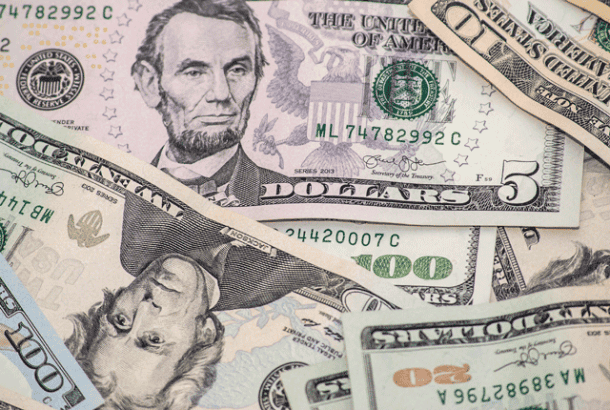While countries across the globe choose an array of colors for their currency, the America with its “Greenback” is one of the very few ones who use the same color for all their paper currency.
What’s the story?
Before the American Civil War, the US government used to print all sorts of paper dollars, known as Continentals, that were printed by the Continental Congress mainly during the Revolutionary War. But they were produced in such high volume that they lost value very quickly. In 1861, the American Civil War was at its peak, and the need to print new paper money arose again.
In the decades after the Civil War private and state-chartered banks were sanctioned to print paper money but since no real template was given, the country saw a wide range of denominations and designs.

The all this currency still had one thing in common, the green color. Green was used as an anti-counterfeiting measure to prevent photographic copies since the camera at that time could only take pictures in black and white!
It was in 1929 when the government finally standardized designs for each denomination and shrunk the size to cut down on manufacturing costs, making it easier for people to differentiate real bills from fakes. The decision to keep the green color was a practical one, as according to the U.S. Bureau of Printing and Engraving, the green ink was plentiful and durable while the Americans associated the color green with stability.
Green is also perceived as symbols of life and growth, two qualities that no nation would mind associating with their economy.


